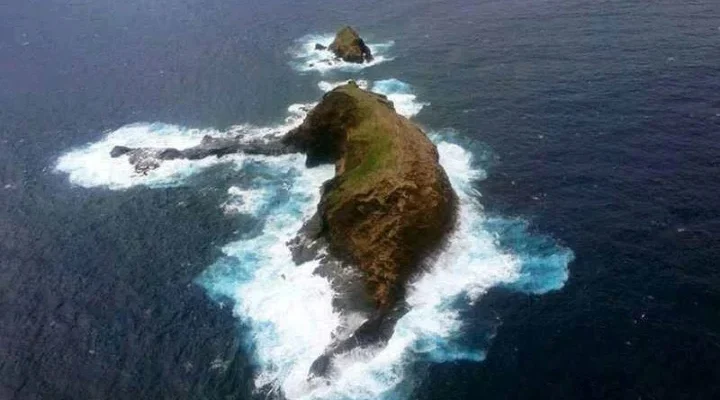The rock looks like a giant elephant floating in the middle of the sea – Mother Nature’s masterpiece
No photoshop, no matter how hard it is to believe, these images are 100% real.
Iceland is a land of volcanoes. Nowhere is this more evident than in Vestmannaeyjar (Westman Islands), an archipelago off the south coast of Iceland, where centuries of volcanic eruptions have created fairytale-like cliffs that tower over the sea.
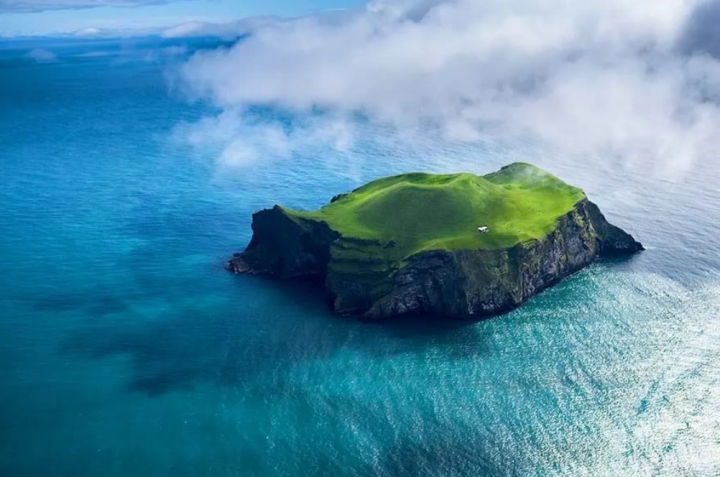
(Photo: Fullsuitcase)
Among these eye-catching rock formations, one stands out: a section of volcanic coastline on Heimaey Island that looks a lot like the head of a large elephant dipping its trunk into the water. It is because of this strange shape that it is called The Elephant Rock.
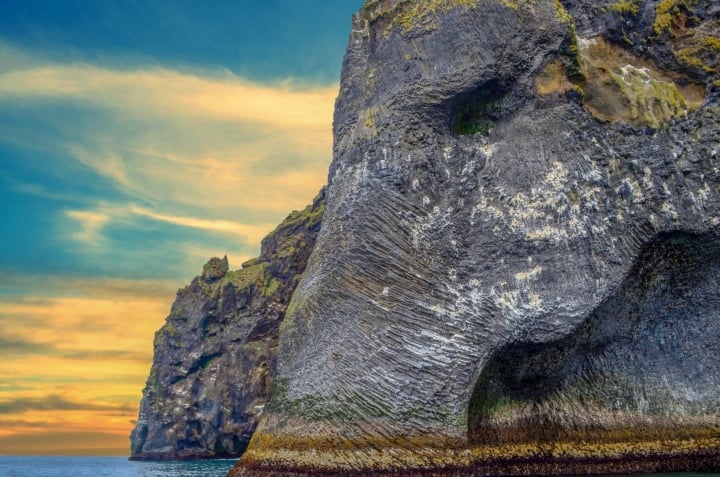
(Photo: Icelandtravelguide)
Heimaey Island is made entirely of volcanic lava. It is the most populated island in Iceland with 4,500 people and an area of approximately 13.4 square kilometers.
Eldfell, a volcano on the island of Heimaey, first erupted in 1973. In order to protect the island, the locals pumped cold seawater into the hot lava flow, trying to redirect it. In the end, the locals not only succeeded in protecting their island, but also received an unexpected masterpiece – Elephant Rock.
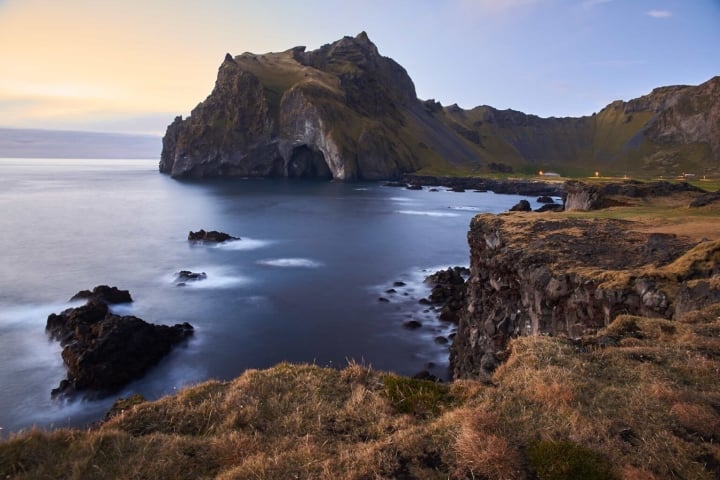
(Photo: Icelandtravelguide)
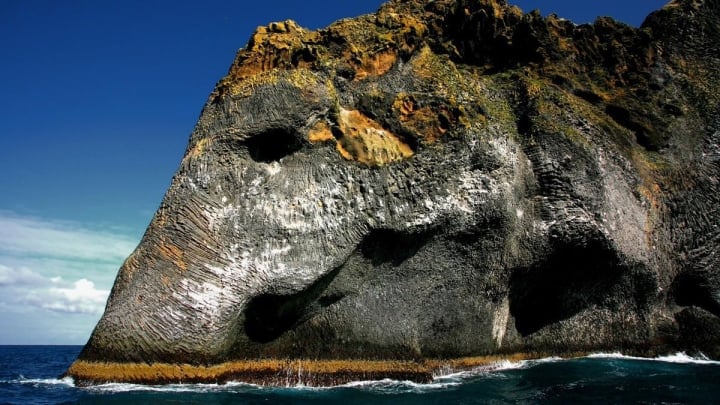
(Photo: Twitter)
From any angle, tourists can clearly see the shape of a giant elephant, with perfect body proportions, complete with trunk, ears, eyes, legs… “Mother Nature” not only skillfully “shapes” the molten lava into a rock in the shape of a giant elephant, but also meticulously “arranges” the successive waves to hit the cliff, to create “rough, bumpy skin”, helping the “elephant” become more vivid and lifelike.
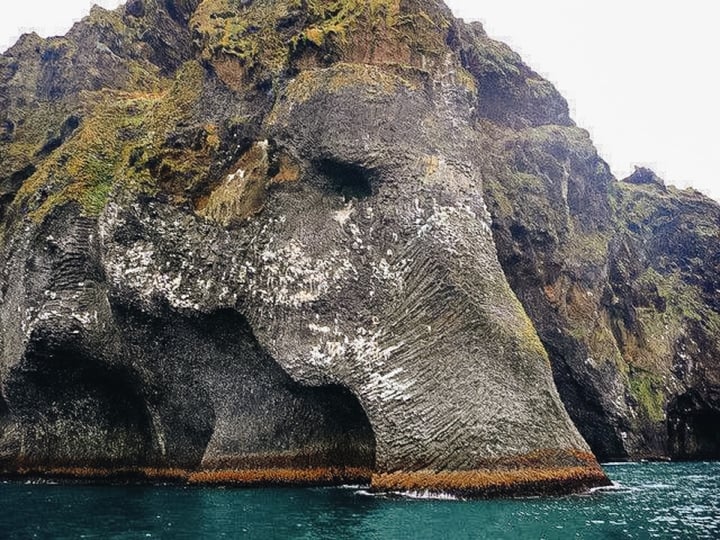
(Photo: Twitter)
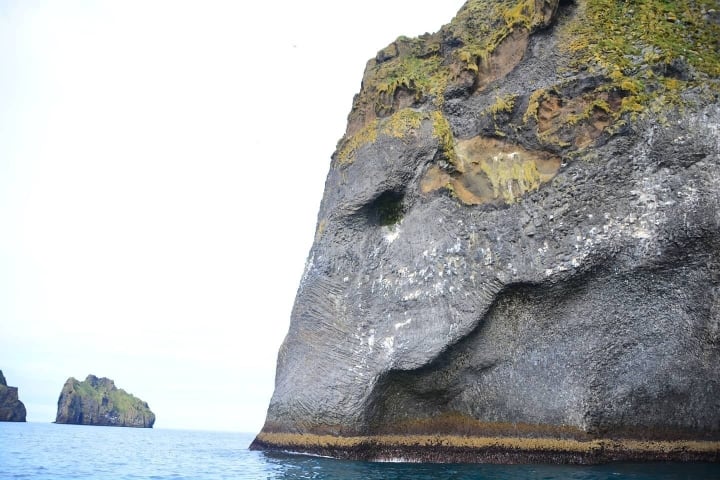
(Photo: Asian News)
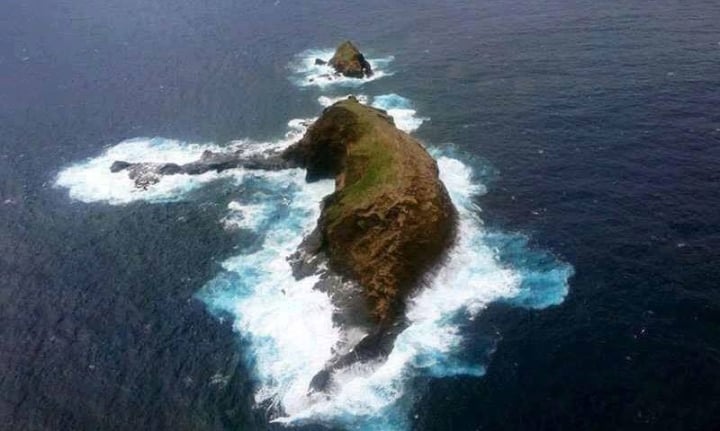
(Photo: Imgur)
Moreover, looking from above, the rock looks like an elephant struggling in the middle of the sea. Elephant Rock is truly a magnificent and impressive sculpture of Mother Nature. Many people may not believe that Elephant Rock is real and think that it is a product of photoshop.
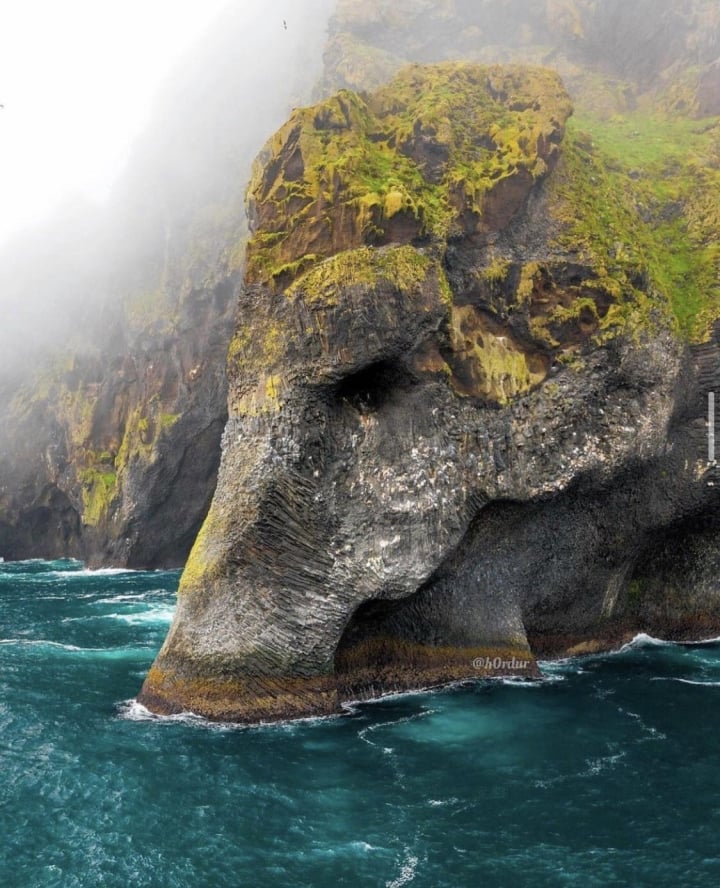
(Photo: Reddit)
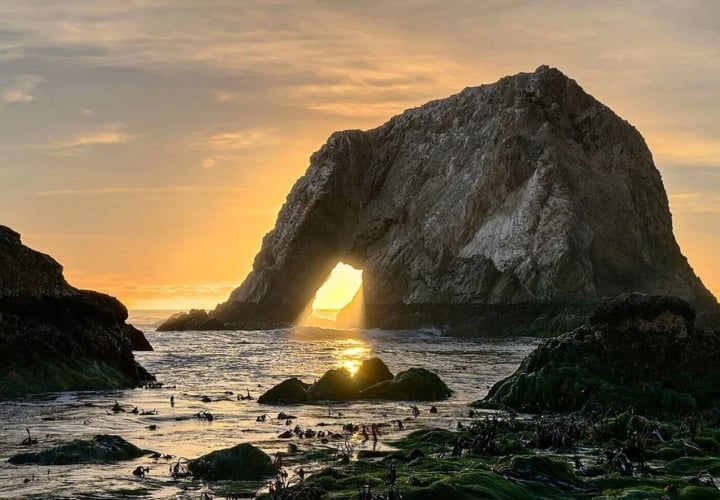
(Photo: Oceanblueproject)
This is a popular tourist destination in Iceland for its stunning natural scenery and wildlife tours during the summer. This scenic wonder is easily accessible by ferry from Heimaey. Elephant Rock has become a popular destination for tourists. Photos and videos of the rock are often found on social media.
No photoshop, no matter how hard it is to believe, these images are 100% real.
Iceland is a land of volcanoes. Nowhere is this more evident than in Vestmannaeyjar (Westman Islands), an archipelago off the south coast of Iceland, where centuries of volcanic eruptions have created fairytale-like cliffs that tower over the sea.

(Photo: Fullsuitcase)
Among these eye-catching rock formations, one stands out: a section of volcanic coastline on Heimaey Island that looks a lot like the head of a large elephant dipping its trunk into the water. It is because of this strange shape that it is called The Elephant Rock.

(Photo: Icelandtravelguide)
Heimaey Island is made entirely of volcanic lava. It is the most populated island in Iceland with 4,500 people and an area of approximately 13.4 square kilometers.
Eldfell, a volcano on the island of Heimaey, first erupted in 1973. In order to protect the island, the locals pumped cold seawater into the hot lava flow, trying to redirect it. In the end, the locals not only succeeded in protecting their island, but also received an unexpected masterpiece – Elephant Rock.

(Photo: Icelandtravelguide)

(Photo: Twitter)
From any angle, tourists can clearly see the shape of a giant elephant, with perfect body proportions, complete with trunk, ears, eyes, legs… “Mother Nature” not only skillfully “shapes” the molten lava into a rock in the shape of a giant elephant, but also meticulously “arranges” the successive waves to hit the cliff, to create “rough, bumpy skin”, helping the “elephant” become more vivid and lifelike.

(Photo: Twitter)

(Photo: Asian News)

(Photo: Imgur)
Moreover, looking from above, the rock looks like an elephant struggling in the middle of the sea. Elephant Rock is truly a magnificent and impressive sculpture of Mother Nature. Many people may not believe that Elephant Rock is real and think that it is a product of photoshop.

(Photo: Reddit)

(Photo: Oceanblueproject)
This is a popular tourist destination in Iceland for its stunning natural scenery and wildlife tours during the summer. This scenic wonder is easily accessible by ferry from Heimaey. Elephant Rock has become a popular destination for tourists. Photos and videos of the rock are often found on social media.
